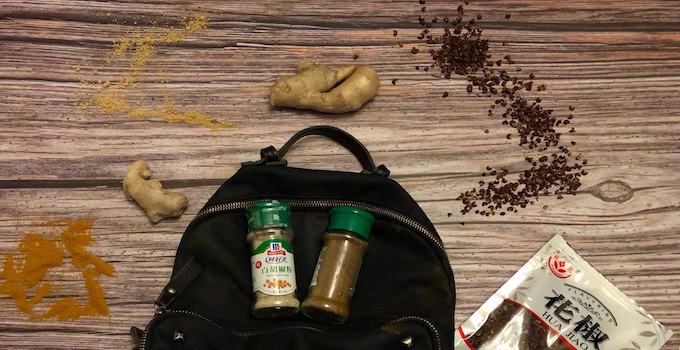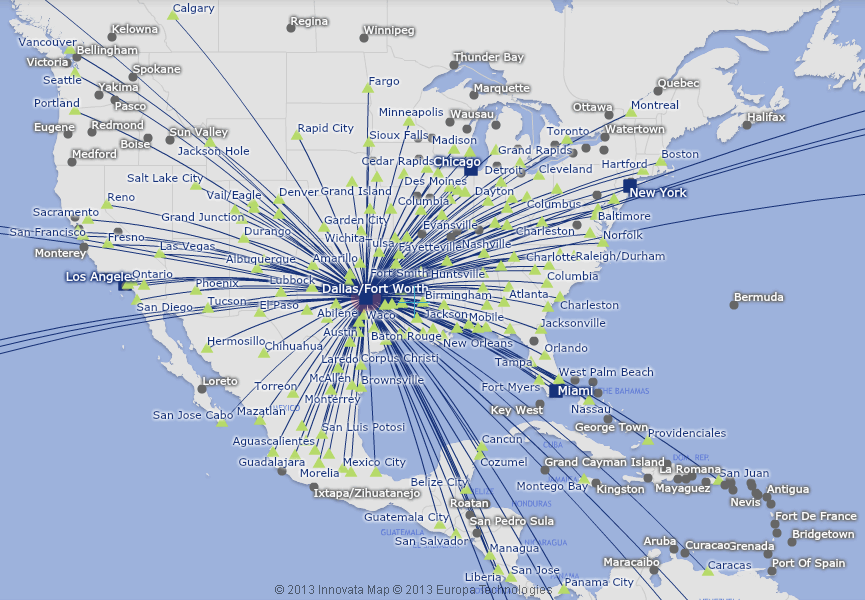Packing Dry Spices
Dry spices are generally permitted to bring in your carry-on luggage when traveling by plane. As long as the spices are packed properly in an airtight container, they should not cause any issues going through airport security. Some key things to keep in mind when packing dry spices include:
- Use an airtight plastic or glass container to store your spices. This helps prevent any leakage or spillage that could alarm security officials. Baggies or jars with screw-top lids work well.
- Clearly label the container with the type of spices inside. This allows security to identify the contents easily if needed. Using adhesive labels or writing directly on the container with a marker works.
- Double bagging the container is a good idea for extra protection against potential leaks. Place the main container inside a larger Ziploc-style bag for a secondary layer of containment.
- Only pack the amount of spices you expect to use on your trip. There’s no need to bring your entire pantry’s worth of spices. Limit it to 2-3 weeks’ worth to minimize bulk.
- Declare any spices you’re bringing when going through security screening. Be prepared to have the container opened for inspection if requested by officers. Your cooperation helps speed the process.
- Check regulations for the specific countries you’re traveling to. Some places have restrictions on certain herbs/spices due to plant import laws. Research rules to pack accordingly. As long as dry spices are well-contained in a leakproof package, air travel poses no issues. Just be sure to follow proper packing procedures to satisfy security screeners. With some planning, you can enjoy flavorful home cooking while on the road.

Liquid Spice Limitations
If bringing liquid-based spices like hot sauces or oil-packed preserves, stricter guidelines apply due to the TSA’s liquid restrictions for carry-on luggage. The standard limit is:
- Containers must hold 100ml/3.4oz or less of liquid per item.
- All liquids must fit inside a single, quart-sized/1L clear plastic bag.
- The bag is then placed in the carry-on for X-ray screening separately from other items. Any single container exceeding this capacity cannot be brought on board. This unfortunately rules out favorites like pickle jars or larger hot sauce bottles. Some workarounds include:
- Decanting larger quantities into multiple smaller bottles before traveling. Mark each with contents for identification.
- Opting for solid or paste versions if available rather than liquids. Chipotle paste is a flavorful alternative to costly small bottles of hot sauce.
- Considering checking larger liquid containers instead of carry-on. However, this adds risk of delay or breakage in baggage handling.
For those who can’t travel without their prized liquid provisions, carefully following TSA packing protocols is crucial to make it through security with your condiments in tow. Proper preparation prevents problems at passenger screening checkpoints.
Cultural Spice Considerations
People traveling internationally with culturally significant spices should pay special attention to import laws for their destination country. Certain spices native to specific regions may be more heavily regulated to prevent invasive species or protect local agricultural economies. A few examples include:
- Indian and Southeast Asian spices like turmeric, cardamom, coriander and cinnamon are restricted or banned entry into countries like Australia and New Zealand due to climate similarities allowing exotic plants to naturalize.
- Chile peppers from Central and South America have spread worldwide but still face import controls. Extremely hot varieties may be limited to personal amounts due to biosecurity risks if seeds escape into foreign lands.
- Middle Eastern spice mixes harboring seeds from herbs like sumac and za’atar can hit snags when crossing borders intended to preserve indigenous flora and fauna.
Researching export/import policies relating to your spice’s country/region of origin is critical. Consider substitutes if needed that sidestep permitted lists. Fines ensue for disregarding agricultural quarantine, so due diligence pays off. Cultural cuisine remains possible with adjusted plans.
Balancing Quantities and Risks
Knowing how much spice can reasonably travel versus remaining behind involves weighing personal preferences against potential compliance issues. Sensible moderation serves travelers best when passing through security. Consider the following:
- Bring modest amounts of dried herbs/spices limited to expected needs, say 250g-500g maximum per 2-4 week trip duration. Emptying full pantry jars invites extra scrutiny.
- For liquids like hot sauces, restrict to 2-4 small bottles under 3oz each to fit in a qualified clear bag. Larger means checking bags or finding local alternatives.
- Check regulations where transiting/destination too. Certain countries heavily restrict import of any seeds or plants, even personal amounts. Adapt recipes or risk confiscation at customs.
- Realize screeners see it all. While laws should be followed, using discretion avoids attracting undue attention. Leave obviously large commercial stockpiles at home.
Having the right info and packing sensibly leads to smooth trips enjoying spice without undue stress. Respecting guidelines balances cross-cultural exchange against controlling biological threats to ecosystems.My Spice Travel Experiences
Through years of traveling internationally with modest amounts of spices for personal use, I can report a consistently positive experience when following security parameters thoughtfully. However, not all screening interactions go perfectly. During one overseas trip starting in India, I packed several small jars of common Indian cooking spices like garam masala, turmeric and coriander in my carry-on. Using multiple layers of sealed zip-top bags as extra protection, these modest quantities presented no issue departing India. Transiting through the Middle East next, all remained smooth until a overly zealous agent pulled my bag for a random extended search. My descriptive labels thankfully made contents clear once the bags were opened, calming initial concerns. While a frustrating hiccup, remaining respectful prevailed. My final destination in Southeast Asia posed no problems, though stricter local policies caused future planning. Overall, properly containing and frankly declaring personal spice amounts led travel success when encountering unpredictable human factors inherent to airport security theatrics worldwide. Learning from experiences enhances spice travel savvy anywhere cultures cross paths.
Conclusion
In concluding, prudent packing protocols and common-sense portion control allows spice aficionados to carry modest amounts of herbs and seasonings on airplanes internationally for personal cooking needs. However, one size does not fit all situations - research is key to respecting each locale’s unique import rules. With diligent preparation marrying food passion to policy awareness, cross-cultural flavor experiences while traveling remain an achievable pleasure. Bon appétit!
 A Cultural Exploration of Taiwan
A Cultural Exploration of Taiwan